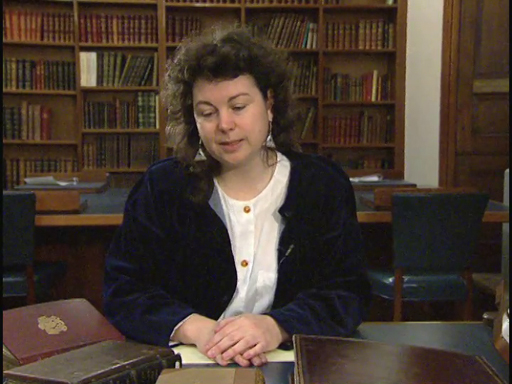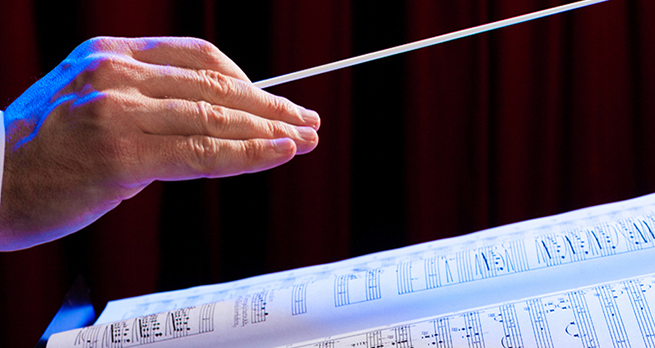1.3 Organising time
So far we have looked at how pitch is written down. Now, let’s look at the element of rhythm. Music exists in time and rhythm includes all the temporal elements of music. All music has rhythm. In other words, all musical sounds have definite durations and definite levels of accent. Overcoming the challenge of writing down how sounds relate to the time they occupy was a major breakthrough in the history of Western music notation.
In the following video, you will hear a discussion about some of the limitations of early notations and you’ll get to see some examples. Professor Susan Rankin talks to Open University Professor David Rowland about how difficult it was to convey both pitch and rhythm in a way that was relatively easy to learn and easy for musicians to use. You will also hear one of the earliest examples of English song – a composition that helps us to understand rhythmic notation from this time.

